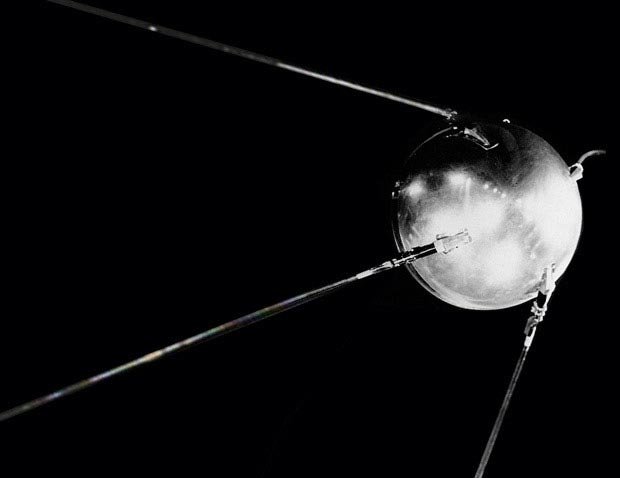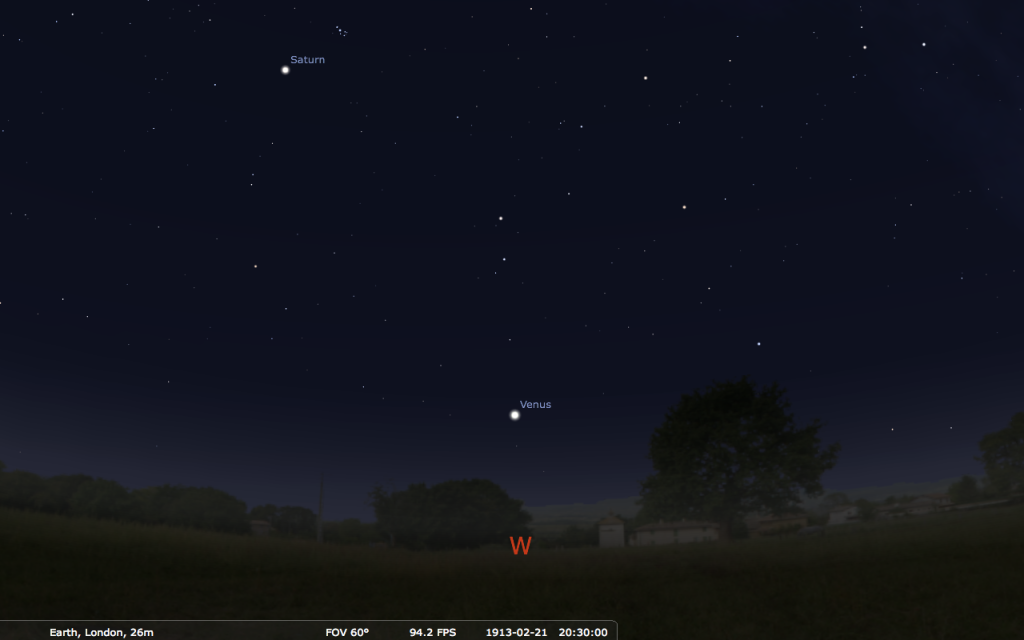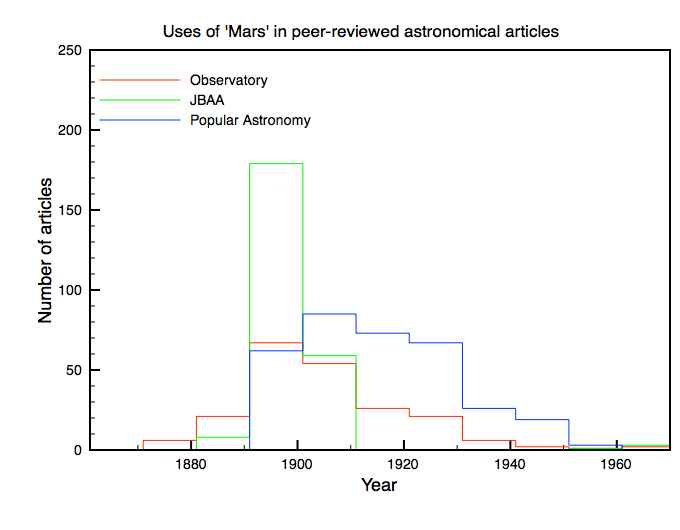The first Big Bang — II
In the previous post I looked at the possible origins of the phrase ‘big bang’ — as in ‘Big Bang’ — in Operation Big Bang, the partial destruction in 1947 of Heligoland, a German island in the North Sea. I also suggested that there was longer history to the phrase ‘big bang’, which I’ll also […]








